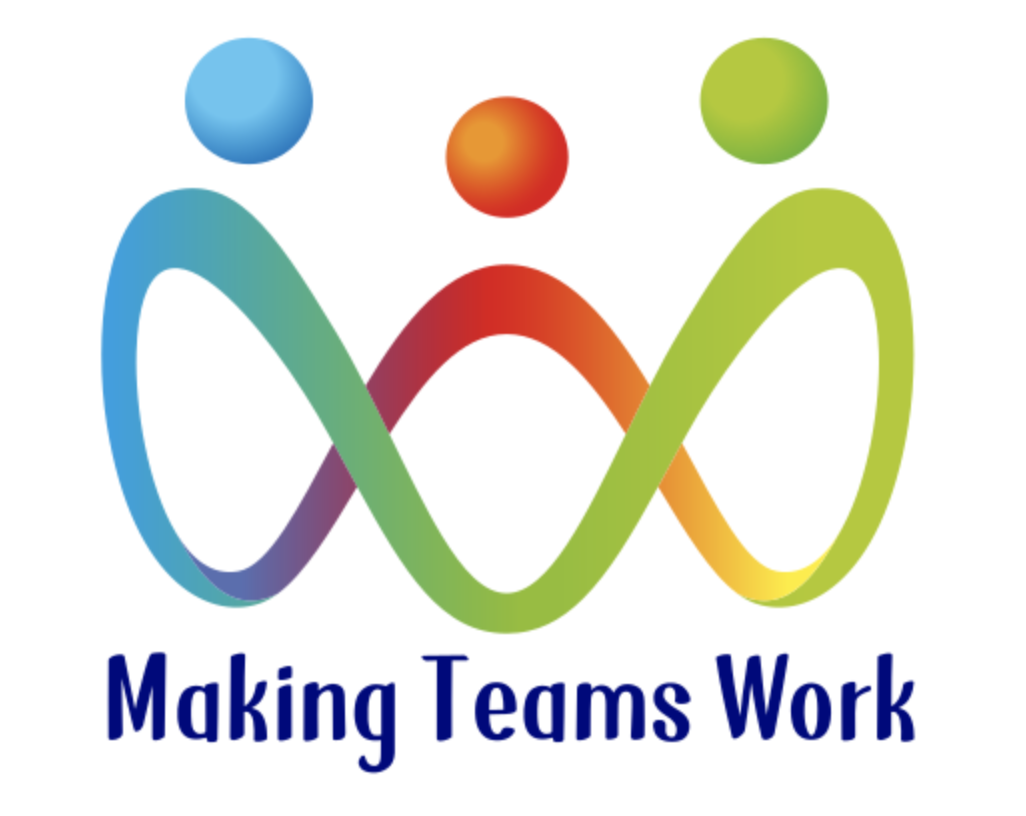“Our generation needs an approach for overcoming obstacles and thriving amid chaos more than ever” Ryan Holiday
We have two cats. They're nothing special. But they're called BilboBaggins and Tyrion.
Tirri is a slight little thing quite cautious, very self contained. Bilbo is much bigger, less timid, but a perpetual teenager - in that he sleeps a lot of the day.
Once they’re let into the main house, he bounds up the stairs where he's greeted with two closed doors blocking him access to the duvet snuggled comfort he's seeking. In a flash he's in reaching up with his paws. One door usually yields to his persistent attempts for access.
The door is the obstacle, the paw is the way.
Obstacles have always led to one of two things: success or failure. “There is no try.”
Perception is the key.
How you perceive them is key. You may want to argue that there are degrees of each. Of course. But if you don't do anything, neither outcome will happen. Things will simply persist.
Just like asking for what you want. Until you ask, the answer is only “No”. Asking makes “Yes” possible.
Maybe you perceive that you'll get “No” and decide not to ask. How did you come to that conclusion? Was it based on facts, opinions? Or did you simply guess?
How you perceive it is everything, because after we strip away our personal filters, the guesses and opinions, we're left with the facts. The truth. Knowing it, or simply trying to find it, shifts our perception.
Truth does two things. It sets us free from anxieties, what ifs, maybes, buts, and judgement; and it brings calm. After all. If that's the truth, then we know what we have to work with.
Action follows.
And knowing that enables us to act.
Analyse the obstacles that reality presents to you; calmly, deliberately and persistently. Firstly to identify them: however unlikely or predictable, then to devise a plan to surmount them.
There's a temptation to seek the best or standard route. That’s just delaying acting. There's power in bold considered action. And anyway, at this stage, it's all about what-if rather than it's happened.
So a reasonable action plan for the emergence of a potential problem will do, even if it's simply to evaluate the situation at that future moment and choose the simplest, lowest cost, or lowest effort route forward.
Research tells us that considering obstacles and identifying action plans in advance contributes to the likelihood of success, even if the obstacle when it arises is slightly different.
But remember, identifying and analysing obstacles is itself not action. It's the equivalent of planning your bathroom makeover, instead of booking the plumber, the tiler on so on.
True action ultimately leads to events, not documents. That paper you've been asked to write may be your deliverable (as a project manager would call it) but it's an enabler for a greater outcome.
Thinking in outcomes leads us to follow Stephen Covey's instructions to “Begin with the end in mind.” and an outcome thinking map (click here to get one) includes the if-then thinking we were just considering so get started quickly. Do things. Then learn from what happens.
When the train to your destination pulls into the station, you get on it, regardless of how you feel, the colour of the train, the weather, or whatever. If you don't feel like it, your willingness to reach the destination kicks in.
Will Power to the rescue?
Will is what we depend on when we don't control everything. Will enables us to act in spite of negative situations, beliefs, or emotions.
This is why considering the obstacles is so important. As a result of that pre-mortem activity, we are primed for obstacles and they don't come as such a surprise. So we need less will-power to overcome them.
Look at the arch of a stone bridge or archway in a cathedral. It's held together by the weight of what’s above it - the adversity if you like- bearing down on the stones and locking them together.
As a runner, my training included long slow distance to build endurance and the will to keep going when tired, bored or simply crying. There was hill work to build strength and speed and track sprints to build speed. All were different types of exercise: something repeated frequently with a specific aim in mind , not a one off event.
Applying will is a similar exercise.
We have to start somewhere and repeat. As we do it will become easier, smoother, less of a negative experience.
Life is always going to throw us curveballs. Obstacles are out there. Maybe you can even now start to think of them as your opportunity to, like Bilbo, reach out a paw: Perceive, Act and Will.
“See things for what they are. Do what we can endure and Bear what we must. What blocked the path is now the path.” Ryan Holiday – The Obstacle is the way. *


